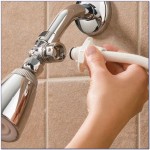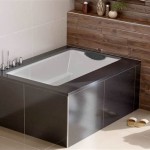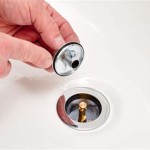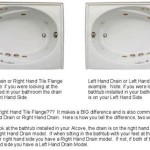Essential Aspects of Selecting the Best Bathtub Materials
The bathtub, a sanctuary of relaxation and rejuvenation, is a centerpiece of any bathroom. Choosing the right material for your bathtub is crucial, affecting its aesthetics, functionality, and durability. This article explores the essential aspects of selecting the best bathtub materials, empowering you to make an informed decision that meets your needs and preferences.
Factors to Consider
When selecting a bathtub material, several factors warrant consideration:
- Durability: The material should withstand daily use, resist scratches, and maintain its integrity over time.
- Aesthetics: The material should complement the bathroom decor, enhancing the overall ambiance.
- Comfort: The material should provide a comfortable bathing experience, retaining heat and feeling smooth on the skin.
- Maintenance: The material should be easy to clean and maintain, requiring minimal upkeep.
- Budget: The cost of the material and installation should align with your financial constraints.
Common Bathtub Materials
Various materials are commonly used for bathtubs, each with unique properties:
- Acrylic: Lightweight, durable, and available in a wide range of colors and shapes, acrylic offers a budget-friendly option.
- Fiberglass: Reinforced with fiberglass strands, these bathtubs combine affordability and resilience.
- Gelcoat: A top layer applied to fiberglass or acrylic bathtubs, gelcoat enhances durability and provides a glossy finish.
- Cast Iron: Durable, heat-retaining, and classic in appearance, cast iron bathtubs are often found in traditional bathrooms.
- Solid Surface: Composed of acrylic and minerals, solid surface bathtubs offer a seamless, non-porous surface and are highly customizable.
Comparing Materials
To assist in your decision-making process, a comparative table highlighting the key differences between the materials is provided:
| Characteristic | Acrylic | Fiberglass | Gelcoat | Cast Iron | Solid Surface |
|---|---|---|---|---|---|
| Durability | Moderate | Moderate | High | High | High |
| Aesthetics | Versatile | Modern | Glossy | Classic | Customizable |
| Comfort | Warm | Warm | Smooth | Warm, heat-retaining | Smooth, non-porous |
| Maintenance | Easy to clean | Easy to clean | Requires regular polishing | Requires enamel maintenance | Low maintenance |
| Budget | Affordable | Affordable | Mid-range | Expensive | Expensive |
Conclusion
Selecting the best bathtub material requires careful consideration of your individual needs and preferences. By understanding the essential aspects and comparing the characteristics of different materials, you can make an informed decision that will provide years of bathing enjoyment. Remember to consult with a professional installer to ensure proper installation and maintenance.
How To Choose The Best Bathtub Material A Comparison Guide Vevano

4 Common Bathtub Materials Pros Cons What To Buy For Your Bathroom

ᐈ Bathtub Material Comparison Stone Resin Pros And Cons Vs Acrylic Tub

How To Choose The Best Bathtub Material A Comparison Guide Vevano

What Is The Best Material For A Freestanding Bathtub Luxury Tubs

Common Bathtub Materials And Their Pros Cons

Best Bathtub Materials What Bathtubs Are Made Of

What Is The Best Bathtub Materials For Opaly Quartz

ᐈ Bathtub Material Comparison Stone Resin Pros And Cons Vs Acrylic Tub

What Bathtub Material Is In My Bathroom Maryland Tub Tile
Related Posts








